The myth of Icarus, the boy who flew too close to the sun with wings made of wax and feathers, remains one of the most enduring tales from Greek mythology. It’s a story that has transcended time, serving as a cautionary metaphor for human ambition and the consequences of overreach. Yet, beyond its moral lessons, the imagery of Icarus’ waxen wings has inspired art, literature, and even modern scientific endeavors. The fragility of those wings, so easily melted by the sun’s heat, speaks to the delicate balance between aspiration and recklessness.
The Origins of the Myth
The story of Icarus originates from ancient Greek mythology, most famously recounted in Ovid’s Metamorphoses. Icarus and his father, Daedalus, were imprisoned on the island of Crete by King Minos. Daedalus, a master craftsman, devised an escape plan by fashioning wings from feathers and wax. Before their flight, Daedalus warned his son not to fly too close to the sun, as the heat would melt the wax, nor too close to the sea, as the moisture would weigh down the feathers. But Icarus, exhilarated by the thrill of flight, ignored his father’s advice. He soared higher and higher until the sun’s rays dissolved his wings, sending him plummeting into the sea below.
The tale is often interpreted as a warning against hubris—the dangers of overconfidence and defiance of natural limits. Yet, it also captures the human spirit’s relentless drive to push boundaries, even at great risk. The wax wings symbolize both ingenuity and vulnerability, a duality that resonates deeply in contemporary discussions about technology, ambition, and ethics.
Artistic Interpretations Through the Ages
The fall of Icarus has been a favorite subject for artists across centuries. From classical pottery to Renaissance paintings, the tragic flight has been depicted in countless ways. Pieter Bruegel the Elder’s Landscape with the Fall of Icarus is one of the most famous renditions. In the painting, Icarus’s legs are barely visible as he disappears into the sea, while the world around him continues indifferently. This portrayal underscores the idea that individual tragedy often goes unnoticed in the grand scheme of life.
Modern artists have also revisited the myth, reimagining it in abstract forms or using it as a commentary on contemporary issues. The wax wings, in particular, have become a powerful visual metaphor. They represent not just the physical means of flight but also the precariousness of human endeavors. Whether in sculpture, digital art, or performance pieces, the image of melting wings continues to evoke a sense of both wonder and caution.
Scientific and Technological Echoes
Interestingly, the myth of Icarus finds echoes in modern science and engineering. The concept of human flight, once a fantastical dream, became reality with the invention of airplanes and space travel. Yet, each advancement carries its own risks—aviators and astronauts must navigate extreme temperatures, just as Icarus faced the sun’s heat. The wax wings, in this context, can be seen as an early allegory for the delicate materials and precise calculations required in aerospace engineering.
Even in the realm of robotics and artificial intelligence, the myth holds relevance. Engineers designing autonomous systems often grapple with the balance between innovation and safety. Pushing the limits of what machines can do sometimes leads to unforeseen failures—much like Icarus’s wings failing at the critical moment. The story serves as a reminder that progress must be tempered with caution.
Literary and Philosophical Reflections
Writers and philosophers have long drawn upon the myth of Icarus to explore themes of ambition, freedom, and mortality. The 20th-century poet W.H. Auden referenced Bruegel’s painting in his poem Musée des Beaux Arts, reflecting on how suffering occurs amid the mundane. Meanwhile, existentialist thinkers have interpreted Icarus’s fall as an emblem of human defiance—choosing to strive for the impossible, even if it ends in disaster.
In literature, the wax wings often symbolize fleeting moments of transcendence. Characters who reach for greatness, only to face downfall, mirror Icarus’s trajectory. From Shakespearean tragedies to modern novels, the archetype persists. The allure of flight—both literal and metaphorical—continues to captivate the human imagination.
The Legacy of Wax Wings
Today, the myth of Icarus endures as a cultural touchstone. It appears in everything from corporate training seminars to motivational speeches, often framed as a lesson in moderation. Yet, some argue that the story celebrates the very act of daring, regardless of the outcome. The wax wings, fragile as they were, allowed Icarus to experience something extraordinary, if only briefly.
Perhaps the true power of the myth lies in its ambiguity. It warns against overreach but also honors the courage to attempt the unimaginable. In a world where innovation constantly tests the limits of possibility, the tale of Icarus and his waxen wings remains as relevant as ever.

By Thomas Roberts/Apr 28, 2025

By Samuel Cooper/Apr 28, 2025
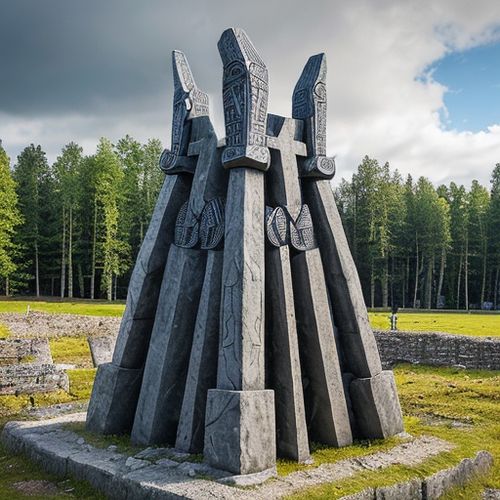
By Michael Brown/Apr 28, 2025

By Emily Johnson/Apr 28, 2025
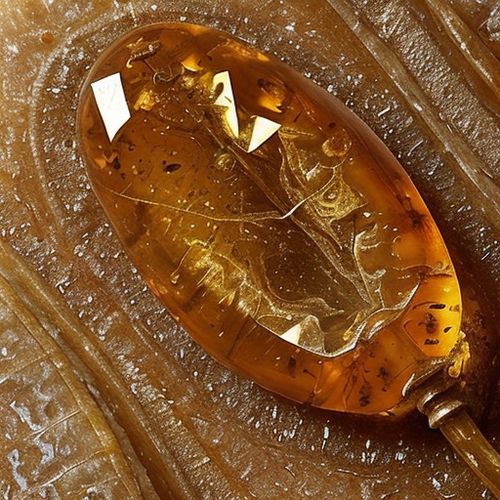
By Daniel Scott/Apr 28, 2025

By George Bailey/Apr 28, 2025

By Victoria Gonzalez/Apr 28, 2025
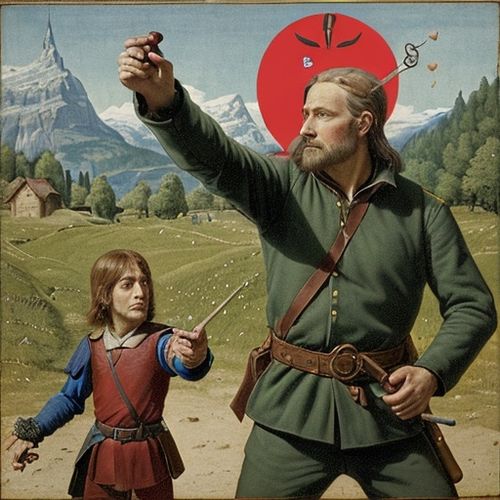
By David Anderson/Apr 28, 2025
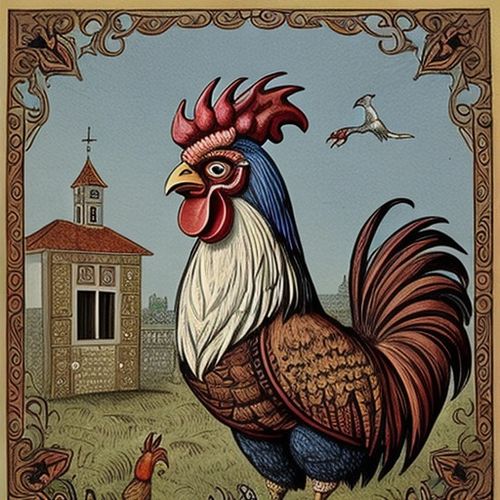
By Lily Simpson/Apr 28, 2025
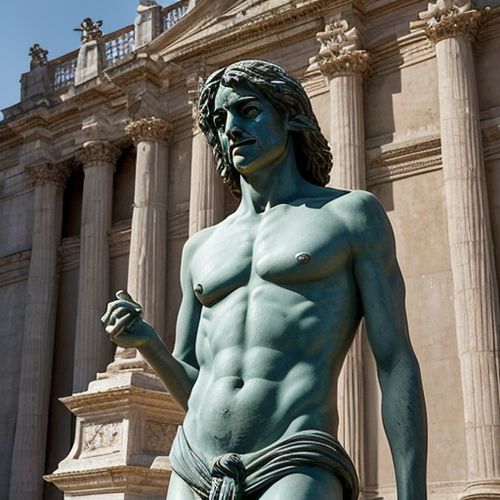
By Laura Wilson/Apr 28, 2025

By Benjamin Evans/Apr 28, 2025
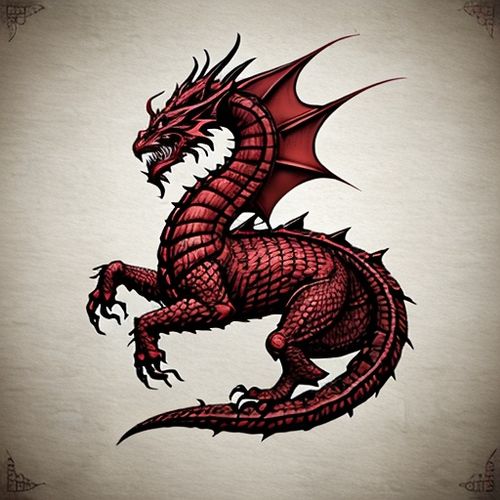
By Grace Cox/Apr 28, 2025
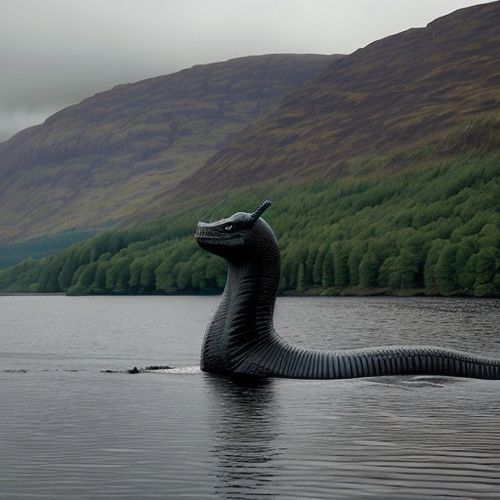
By Ryan Martin/Apr 28, 2025

By Daniel Scott/Apr 28, 2025
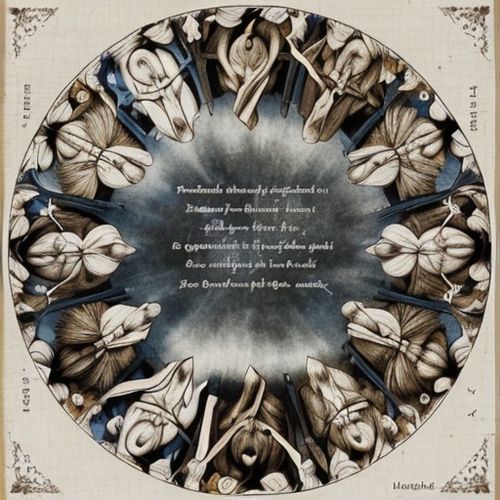
By Elizabeth Taylor/Apr 28, 2025

By Joshua Howard/Apr 28, 2025

By Emily Johnson/Apr 28, 2025